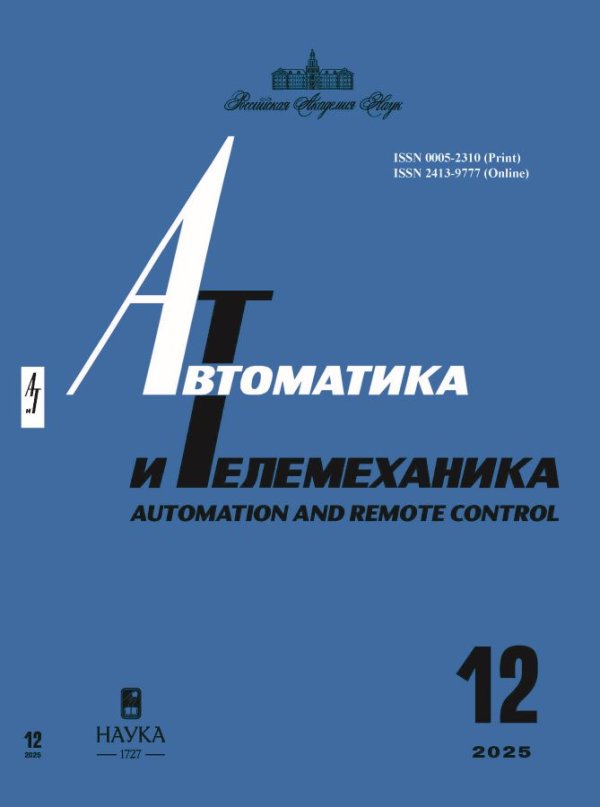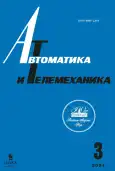Attacks on Machine Learning Models Based on the PyTorch Framework
- Authors: Bidzhiev T.M1, Namiot D.E1
-
Affiliations:
- Issue: No 3 (2024)
- Pages: 38-50
- Section: Topical issue
- URL: https://journals.rcsi.science/0005-2310/article/view/256152
- DOI: https://doi.org/10.31857/S0005231024030038
- EDN: https://elibrary.ru/TZXTPW
- ID: 256152
Cite item
Full Text
Abstract
References
- Namiot D., Ilyushin E., Pilipenko O. On trusted AI Platforms // Int. J. Open Inform. Techn. 2022. V. 10. No. 7. P. 119–127.
- Kostyumov V. A survey and systematization of evasion attacks in computer vision // Int. J. Open Inform. Techn. 2022. V. 10. No. 10. P. 11–20.
- Stoecklin Ph.M., Kirat D., Jang J. DeepLocker: How AI Can Power a Stealthy New Breed of Malware // SecurityIntelligence. 2018.
- Ilyushin E., Namiot D., Chizhov I. Attacks on machine learning systems-common problems and methods // Int. J. Open Inform. Techn. 2022. V. 10. No. 3. P. 17–22.
- Liu T. StegoNet: Turn Deep Neural Network into a Stegomalware // Annual Computer Security Applications Conference. ACSAC‘20. 2020. P. 928–938.
- Wang Z. EvilModel 2.0: Bringing Neural Network Models into Malware Attacks // arXiv:2109.04344. 2021.
- Liu T., Wen W., Jin Y. SIN2: Stealth infection on neural network – A low-cost agile neural Trojan attack methodology // IEEE Int. Symposium on Hardware Oriented Security and Trust. 2018. P. 227–230.
- Stefnisson S. Evasive Malware Now a Commodity // SecurityWeek. 2018.
- Bidzhiev T., Namiot D. Research of existing approaches to embedding malicious software in artificial neural networks // Int. J. Open Inform. Techn. 2022. V. 10.No. 9. P. 21–31.
- Bidzhiev T. NNMalwareEmbedder. 2023. https://github.com/Temish09/NNMalwareEmbedder
- Keita K., Michel P., Neubig G. Weight poisoning attacks on pretrained models // arXiv preprint arXiv:2004.06660. 2020.
- Lakshmanan R. A Large-Scale Supply Chain Attack Distributed Over 800 Malicious NPM Packages // The Hacker News. 2022.
- IEEE Computer Society. IEEE 754-2019 – IEEE Standard for Floating-Point Arithmetic. 2019.
- Snehal K., Neeta D. Jacobs D. Implementation of lsb steganography and its evaluation for various bits // 1st International Conference on Digital Information Management. 2007. P. 173–178.
- Howard G.A. MobileNets: Efficient Convolutional Neural Networks for Mobile Vision Applications // arXiv:1704.04861. 2017.
- ytisf. theZoo – A Live Malware Repository. 2021. https://github.com/ytisf/theZoo.
- Iandola N.F. SqueezeNet: AlexNet-level accuracy with 50x fewer parameters and < 0.5 MB model size // arXiv preprint arXiv:1602.07360. 2016.
- Krizhevsky A., Sutskever I., Hinton E.G. Imagenet classification with deep convolutional neural networks // Advances in neural information processing systems. 2012. No. 25. P. 1097–1105.
- Simonyan K., Zisserman A. Very deep convolutional networks for largescale image recognition // arXiv preprint arXiv:1409.1556. 2014.
- Rossum G. van. pickle – Python object serialization // Python Software Foundation, Python Documentation. 2021.
- Trail of Bits. Fickling. 2021. https://github.com/trailofbits/fickling.
- Acunetix. What is Insecure Deserialization? // Acunetix. 2017.
- Paszke A. PyTorch: An Imperative Style, High-Performance Deep Learning Library. 2019.
- Szegedy C. Going deeper with convolutions // Proceedings of the IEEE conference on computer vision and pattern recognition. 2015. P. 1–9.
- Deng J. Imagenet: A large-scale hierarchical image database // IEEE conference on computer vision and pattern recognition. 2009. P. 248–255.
- InQuest. malware-samples. 2021. https://github.com/InQuest/malware-samples.
- Yansong G. Strip: A defence against trojan attacks on deep neural networks // Proceedings of the 35th Annual Computer Security Applications Conference. 2019.
- Yansong G. Backdoor attacks and countermeasures on deep learning: A comprehensive review // arXiv preprint arXiv:2007.10760. 2020.
- Parker S., Wu Z., Christofides D.P. Cybersecurity in process control, operations, and supply chain // Computers & Chemical Engineering. 2023. V. 171. P. 108–169.
- Costales R. Live trojan attacks on deep neural networks // arXiv:2004.11370. 2020
Supplementary files










